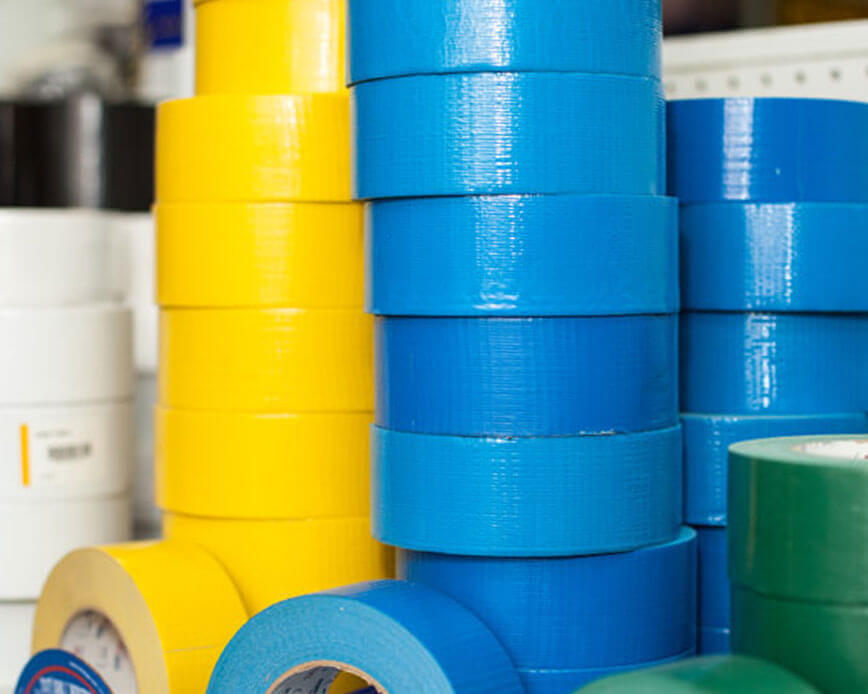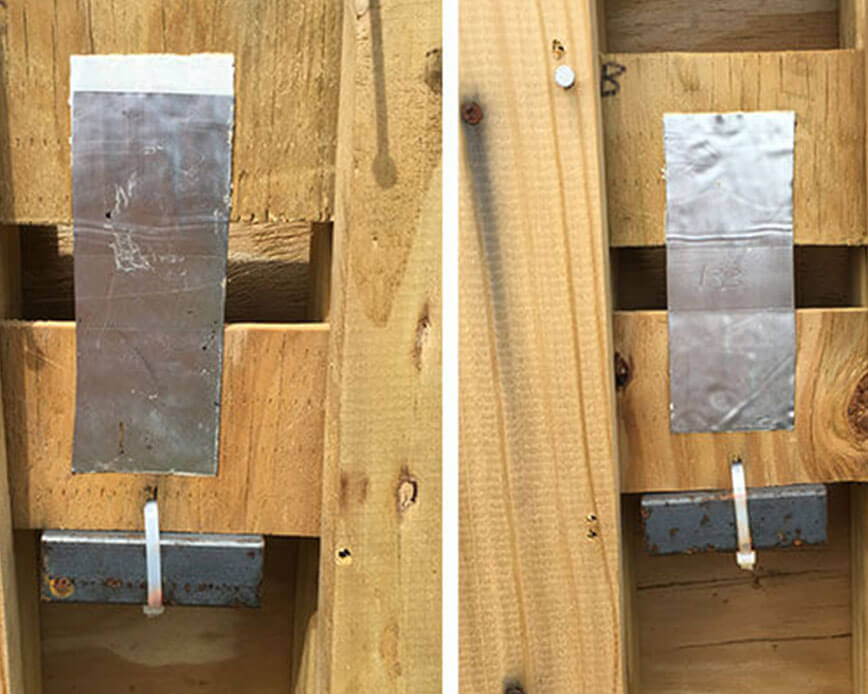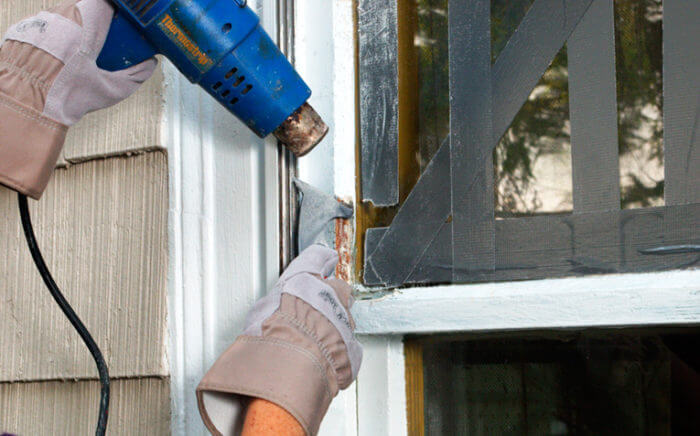The name surface protection film kind of says it all — it’s designed to protect critical surfaces from scratching, marring, abrasions, UV exposure, or dirt and contamination. Popular and successful due to its strength and durability, protective film is actually an adhesive tape. It’s produced from thin film layers bonded together to create a barrier, guarding everything from a building’s glass to anything else requiring under-construction protection. For example, It’s the shrink-wrap plastic that comes affixed to your new refrigerator, and it’s the roll of material used to cover and protect the surface of fabricated parts, especially in the automotive industry. And it’s used extensively by manufacturers of metal and plastic sheets. They are also scratch proof and help reduce the penetration of sunlight and UV rays.
10 Questions To Ask Before Choosing the Right Surface Protection Film
To ensure you get the right protective film for you applications make sure and ask these questions.
- Will the film be applied to a rough or a smooth surface? Rougher surfaces have more surface area and require a thicker adhesive.
- Is the surface area clean and dry? Dirty application conditions will likely yield unacceptable results. Embedded materials and unnecessary debris adversely affect a protective film’s performance.
- Will the surface be painted or have a coating? Chemical reactions can exist between adhesives and coatings, especially the longer they are in contact with each other.
- What type of surface needs to be protected? Be it wood, stone, metal, glass, plastic, or ceramic; these surfaces require completely different adhesives to perform successfully.
- Will the film be exposed to elevated temperatures? Most rubber-based adhesives cannot handle temperatures above 150°F. Acrylic adhesives are effective at temperatures up to 350°F, and silicone adhesives up to 500°F.
- Will the film be used outdoors? If so, for how long? The sun’s UV rays destroy adhesives over time. Protective film will not only yellow, but will become stiff and brittle, and therefore rendered ineffective. The length of time the film will be exposed to the elements will determine how much UV protection it needs.
- What is the scope of the project? Do you need to protect windows with a PVC film or do you need to provide a moisture and vapor barrier on a slab where a LDPE (Low Density Polyethylene) film is the answer?
- Will the film be used in a safety or security application? On any project, it’s safety first. Is the purpose of the film to protect workers from shattering glass or to deter intruders?
- How long will the film need to adhere to the surface? If this is a long-term job, some additional component(s) may need to be added to ensure the bond of the surface to the film for the length of time you need it to hold fast.
- Will storage and transportation affect the film? Your crew may withstand extreme climates better than your materials! Consider their transport to the job site as well as the material’s subsequent storage so it doesn’t compromise effectiveness. Keep films and tapes in a cool, dry place.
Once affixed to a clean, dry surface, protective film effectively prevent “damage” to that surface. Although incredibly versatile, use the wrong protective film for the job and you’ll jeopardize both your timeline and the always dreaded budget overages.
5 Common Problems with Surface Protection Film
Here are the most common challenges we have found during close to 45 years of working with tape and surface protection film.
Poor Surface Adhesion. If the film peels off too easily there are multiple things that could have caused it:
- The surface was not clean enough or was contaminated by dust or moisture.
- If the incorrect film for the project was used, it could easily result in an insufficient amount of adhesive or too low a tack for the climate and conditions.
- The film was not stretched uniformly during installation creating a distortion and therefore an ineffectual seal.
Debonding. If the film actually separates from the adhesive it leaves a residue on the surface. Adhesive removal is remedied with a clean cloth dipped in an appropriate amount of organic solvent such as ethanol or acetate. Care should be taken during this step so as not to create an additional cosmetic problem to the protected surface upon removal.
Edge Lift. This occurs when ends of the protective film begin to lift off the surface. Common in metal protection where composite protective film is used, it happens especially with aluminum as compared to steel. Again, the right film for the job makes the difference.
The Film Cannot Be Removed. The most common reason for this problem is the quality of the pressure-sensitive adhesive. Beware of manufacturers who have not mastered the production of this very specialized adhesive technology. Some have only tweaked ordinary adhesives by making some improvements to existing formulations — with disastrous consequences.
Another reason why you’d have difficulty removing the film could be an overexposure to sunlight. This is why the UV rating of the film and the determination of how long you need it to adhere is an essential pre-installation determination.
Ghosting. One of the primary objectives of any construction project is to make it a seamless transition, where literally no evidence is left behind. When visual blemishes are apparent on what were supposed to be protected surfaces, the main cause of this “ghosting” is due to residue build up left behind from the markers, cleaners, solvents previously used to clean surfaces. These can be removed with care and diluted solvents.
Our full range of films have been used to protect all kinds of finished surfaces such as polished or painted metals, textured surfaces, glass and plastics. If you are not sure which type of protective film or adhesive tape is right for your needs, take a look at our Complete Technical Guide to Adhesive Tape, or simply contact us. We will work with you to test various options or customize a solution to fit your needs.




